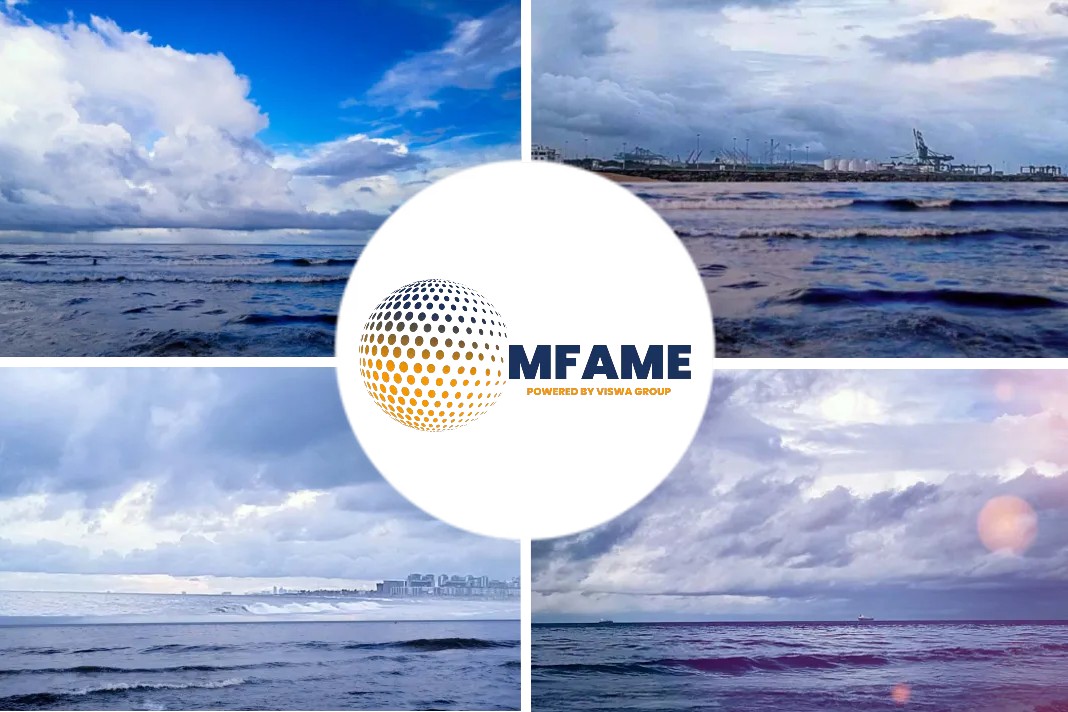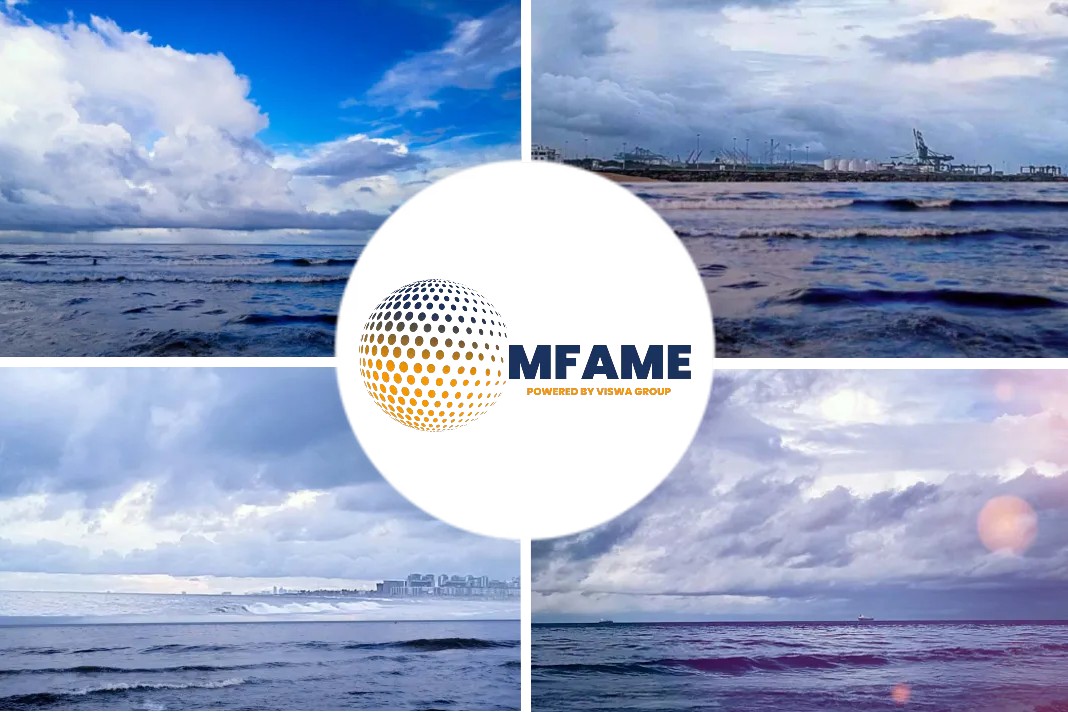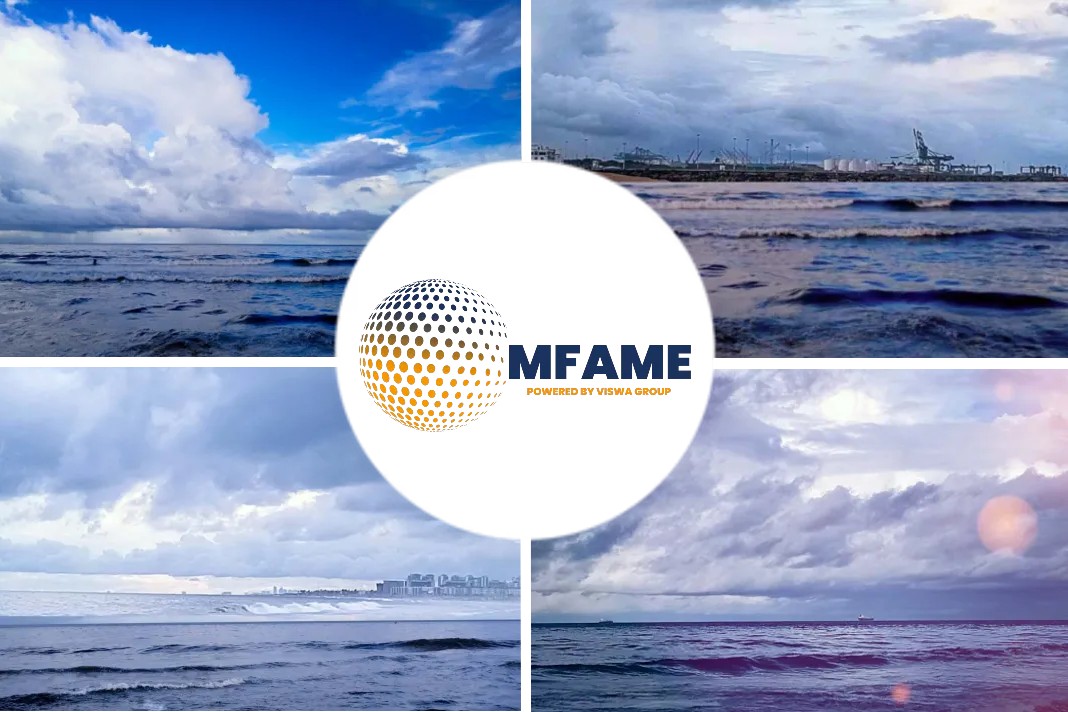An article in Hankyoreh details the assessment of MARIN, a maritime research institute located in Wageningen, the Netherlands, on the lessons of the Sewol ferry disaster.
Sewol ferry disaster
- The sinking of MV Sewol also called the Sewol ferry disaster, occurred on the morning of 16 April 2014, when the ferry was en route from Incheon towards Jeju in South Korea.
- The 6,825-ton vessel sent a distress signal from about 2.7 kilometres (1.7 mi) north of Byeongpungdo at 08:58 KST (23:58 UTC, 15 April 2014).
- Out of 476 passengers and crew, 304 died in the disaster, most notably around 250 students from Danwon High School (Ansan City).
- Of the approximately 172 survivors, more than half were rescued by fishing boats and other commercial vessels that arrived at the scene approximately 40 minutes before the Korea Coast Guard.
Model tests for analysis
There were two kinds of model tests conducted by MARIN.
The first is for the analysis of the fast turning and heeling and the second is for the analysis of its flooding and sinking within 100 minutes.
For these tasks, MARIN constructed two model ships with the ratio of 1:25 and 1:30, respectively. These are called Model 9929 and Model 9930.
- Model 9929 was equipped with devices to measure the overall behavior of the ship and to reenact the movement of cargo.
- For Model 9930, the ship’s internal structure was precisely recreated for flooding sequence analysis.
The SIC accepted the results of model tests with Model 9930 without any disagreement.
MARIN found out where the initial water intake occurred and how the flooding progressed. In particular, MARIN’s simulation showed that, if its watertight doors and manholes had been closed properly, the Sewol would not have sunken as quickly as it did.
This result was cited almost identically in both the SIC’s reports “Internal Cause Theory” and “Open-Ended Proposal.”
Both reports state that “the Sewol was ‘widely open’ and vulnerable to flooding” and that the failure to maintain the watertight compartments caused the vessel to sink more quickly than could be usually expected.
In the tests with Model 9929 on turning and heeling, MARIN tested more than 340 scenarios that combined different conditions of speed, stability, cargo movement, rudder movements, and fin stabilizers. MARIN also conducted tests on the potential impact of “external force” on the ship’s turning and heeling.
According to MARIN’s analysis:
- The combination of low stability and rudder movement caused the ship to heel at least 18 degrees to the port while turning to the starboard, at which point the cargo started to shift.
- When the ship heeled 33 degrees after the initial cargo movement, the second cargo shift occurred and the Sewol ended up heeling more than 45 degrees and did not recover its position.
MARIN’s conclusion was that we could explain the turning and heeling behavior of Sewol without introducing a hypothesis that there had been unknown ‘external force’ applied to the Sewol.
MARIN’s conclusion against external force hypothesis based on model tests
MARIN researchers presented their analysis of the external force hypothesis more clearly.
- Since no realistic combination of winch force, direction and duration attained the high rate of turn as derived by the External Force Task Force of SIC from the raw AIS heading, the hypothesis of an external force that caused such high values of rate of turn was rejected.
- It means that, although they applied forces to the model ship in several different conditions in order to replicate external forces, they could not attain a result in which the ship turned so quickly as to suspect external forces being the culprit behind its capsize.
MARIN therefore concluded that it could “reject” the external force hypothesis based on its own analysis of the 2018 model tests.
Current regulations not effective!
MARIN researchers found out that the formula in the current Intact Stability code was not effective in limiting the actual maximum heel angle in a turn on the sea.
Because the formula includes a ship’s design parameters and its speed but does not take into account the hydrodynamic forces on a ship in a turn, satisfying the formula could not guarantee that the maximum heel angle would be within the safe range.
From its long experience in model tests and trials of actual ships, MARIN knew a lot of cases in which the ships that satisfied the current formula heeled to dangerous angles in reality.
MARIN’s database from more than 200 model tests and trials with passenger ships had many cases of heeling more than 10, 15, or 20 degrees in a turn.
This problem has already been known to maritime professionals for a while. The same issue was officially presented and discussed at IMO between 2011 and 2015, but it did not lead to a revision of the code.
It was concluded that more research was needed. A stronger set of data and rationale should be produced in order to persuade the IMO about the need for changing the regulation. The Sewol disaster added urgency to this task of strengthening the theoretical basis.
Model 9974 came into being for this purpose. The Sewol model 9929 could have provided data about heel angles in a turn, but a more representative model of passenger ships was needed for regulation revision.
Model 9974 represents a more recent passenger ship design, 190m in length and 30m in width. With Model 9974, MARIN measured the heel angles in a turn by changing the conditions of stability, speed, and rudder angle, just as they had done in the Sewol tests.
The model was designed to satisfy the current formula, but it was found occasionally to heel more than 20 degrees even under moderate navigation conditions. As in the case of Sewol, this could potentially lead to a big accident.
Revision of IMO regulations
MARIN researchers propose that the IMO should specify the maximum heel angle of 15 degrees, around which passengers physically lose their balance, and adopt a new formula to verify it.
The key idea is that the ship shall not heel to an angle that will cause passengers to lose balance or cargo to shift.
Not just under ordinary conditions but even in emergency situations when a ship turns abruptly, MARIN believes, we need to prevent passenger vessels from heeling to an angle that could lead to fatal consequences.
The authors propose a new formula to be used in the design stage and urge the IMO to add to the rules that the actual maximum heel angle in a turn shall be measured during the sea trials after new construction or conversion.
It may take some months for the proposal to be discussed among European countries first and even years to go through all the review process at the IMO.
After the sinking of the Herald of Free Enterprise that killed 193 people in 1987, the IMO adopted a rule that requires the installation of indicators for the doors to the spaces prone to flooding (such as cargo compartments) on the navigation bridge.
The sinking of MS Estonia in 1994 that killed 852 people also led to the revision of passenger ship stability rules.
In order for the proposal by MARIN and the Dutch government to be adopted, there needs to be support from respected institutions such as RINA but also many IMO member countries.
Did you subscribe to our daily newsletter?
It’s Free! Click here to Subscribe!
Source: Hankyoreh




















문자솔루션,문자사이트,대량문자발송,해외문자,국제문자발송,문자발송사이트,최저가
윈가라오케,송파가라오케,잠실노래방,윈노래방,최저가